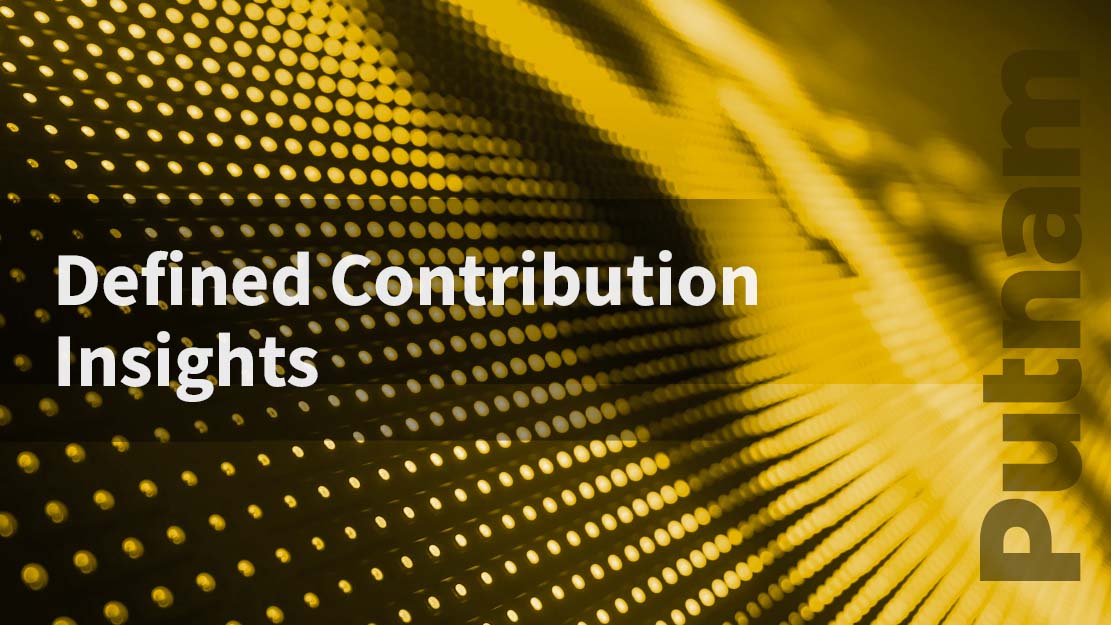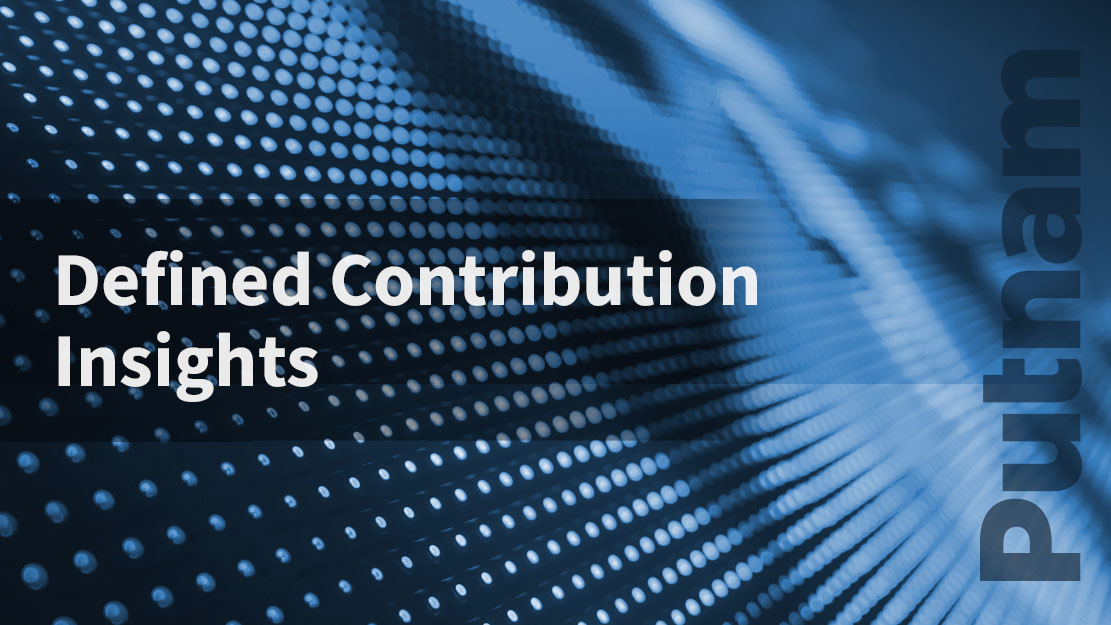Much has been written about the provisions of the new SECURE Act 2.0. It’s worth noting that many of these provisions have important nuances that could be easily overlooked. Here are five retirement changes that deserve more attention from SECURE 2.0:
1. Changes to automatic enrollment and escalation
Section 101 of SECURE 2.0 requires 401(k) and 403(b) plans established after December 31, 2024, to automatically enroll participants once they are eligible (employees may opt out of coverage). Importantly, this provision also includes auto-escalation, which can be a powerful driver of plan success.
This provides an opportunity for retirement plan advisors to engage with plan clients and prospects to discuss all auto features currently available in their plans. Design options can create a plan that has a competitive edge when seeking to retain or attract talent in a tight labor market. You can help clients understand the impact of plan design by modeling auto-feature changes with a free tool like PlanVisualizer™.
2. 401(k) Tax credit upgrade for small businesses
Section 102 states that effective now, the three-year small-business new retirement plan tax credit has been raised from 50% to 100% for employers with up to 50 employees. The SECURE 2.0 tax credit has an annual cap of $5,000 for plan expenses. This provision is effective beginning in tax year 2023. Tax credits are easy to miss. Subject to certain limitations, tax credits are also available to offset employer matching expenses.
As companies compete for workers, retirement plan advisors and consultants can help employers establish private sector 401(k)s (especially in states being impacted by state workplace savings plans mandates) while mitigating a significant portion of employer plan expenses for the first three years.
3. 401(k) matching for student loan debt repayment
Section 110 allows employees with student loan debt to receive employer matching contributions by using student loan repayment as a qualification for company matching contributions. Section 110 is effective for plan years beginning after December 31, 2023.
While some Gen Xers and baby boomers may hold student debt, the important thing to note is how popular this provision will likely be among millennials and Gen Z workers. Engage with employers and savers to emphasize the benefit if workers save early.
4. Starter 401(k) and safe harbor changes
Section 121 allows an employer not currently sponsoring a retirement plan to offer a Starter 401(k) plan (or safe harbor 403(b) plan). This provision is effective beginning with the 2024 plan year.
Consider companies who may have discontinued a previously existing 401(k) because of ADP or ACP testing challenges. Engage these employers and explain how this type of plan may be less costly and burdensome than the plan they discontinued.
5. Annuity boosts to QLACs
Section 202 allows up to $200,000 (indexed to inflation) to be used from a participant account balance to purchase a QLAC (qualified longevity annuity contract).
“Retirement income,” aka “decumulation,” is on the minds of many sponsors and participants over age 50. This provision creates an opportunity for retirement income conversations at the sponsor and participant level, even if QLACs are rarely used.
Much like the plot of a good movie or book, the story of SECURE 2.0 may take a while to unfold. One theme not to miss is how state mandates to offer workplace savings plans are overlapping with federal tax incentives to establish defined contribution plans.
Explore our suite of advisor tools to see how we can help you build core menus, optimize plan design, or select a “best fit” target-date glide path.
333172
For informational purposes only. Not an investment recommendation.
This material is provided for limited purposes. It is not intended as an offer or solicitation for the purchase or sale of any financial instrument, or any Putnam product or strategy. References to specific asset classes and financial markets are for illustrative purposes only and are not intended to be, and should not be interpreted as, recommendations or investment advice. The opinions expressed in this article represent the current, good-faith views of the author(s) at the time of publication. The views are provided for informational purposes only and are subject to change. This material does not take into account any investor’s particular investment objectives, strategies, tax status, or investment horizon. Investors should consult a financial advisor for advice suited to their individual financial needs. Putnam Investments cannot guarantee the accuracy or completeness of any statements or data contained in the article. Predictions, opinions, and other information contained in this article are subject to change. Any forward-looking statements speak only as of the date they are made, and Putnam assumes no duty to update them. Forward-looking statements are subject to numerous assumptions, risks, and uncertainties. Actual results could differ materially from those anticipated. Past performance is not a guarantee of future results. As with any investment, there is a potential for profit as well as the possibility of loss.
Diversification does not guarantee a profit or ensure against loss. It is possible to lose money in a diversified portfolio.
Consider these risks before investing: International investing involves certain risks, such as currency fluctuations, economic instability, and political developments. Investments in small and/or midsize companies increase the risk of greater price fluctuations. Bond investments are subject to interest-rate risk, which means the prices of the fund’s bond investments are likely to fall if interest rates rise. Bond investments also are subject to credit risk, which is the risk that the issuer of the bond may default on payment of interest or principal. Interest-rate risk is generally greater for longer-term bonds, and credit risk is generally greater for below-investment-grade bonds, which may be considered speculative. Unlike bonds, funds that invest in bonds have ongoing fees and expenses. Lower-rated bonds may offer higher yields in return for more risk. Funds that invest in government securities are not guaranteed. Mortgage-backed securities are subject to prepayment risk. Commodities involve the risks of changes in market, political, regulatory, and natural conditions. You can lose money by investing in a mutual fund.
Putnam Retail Management.










